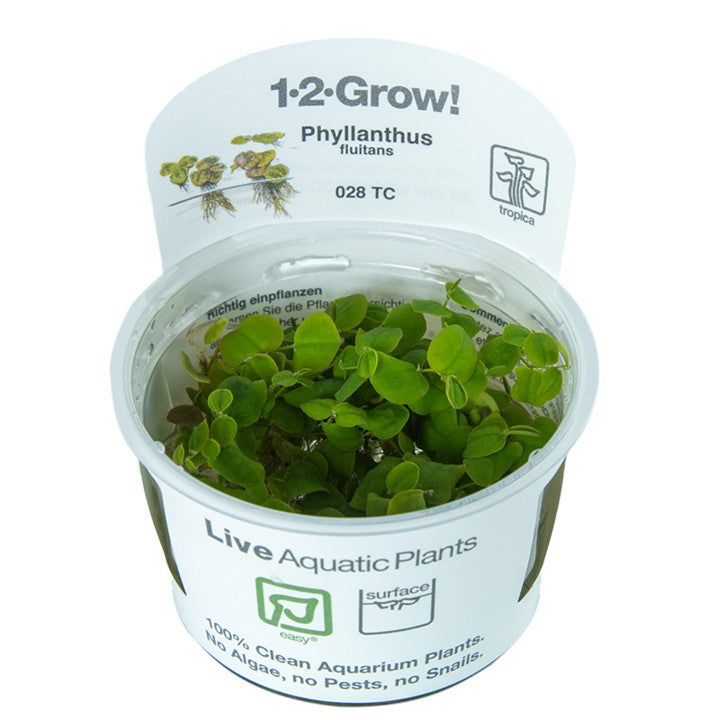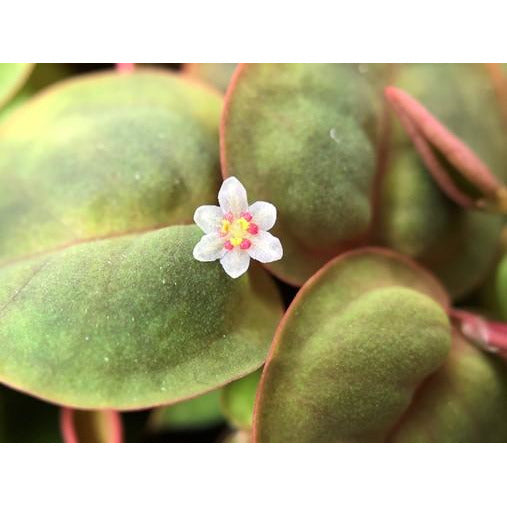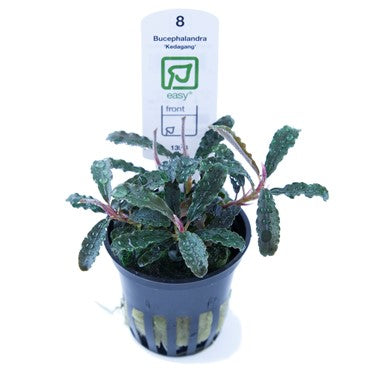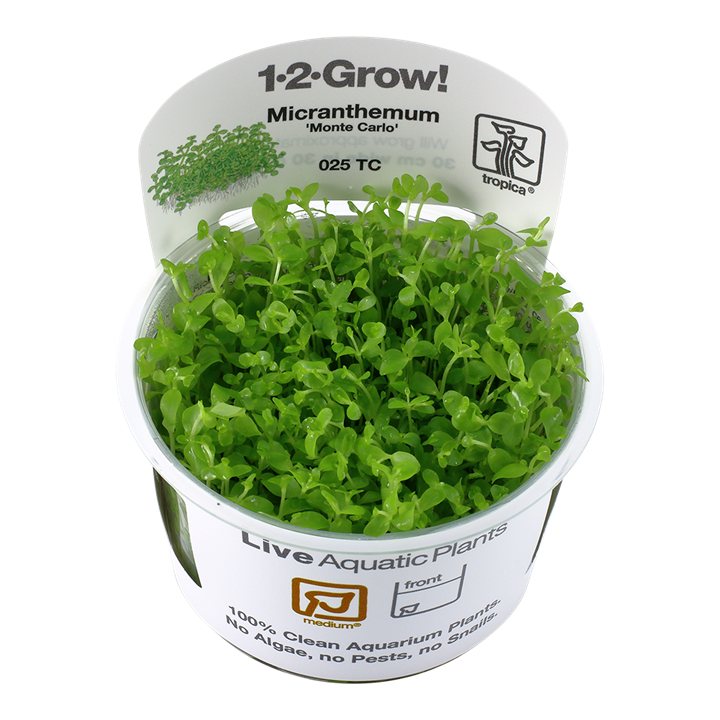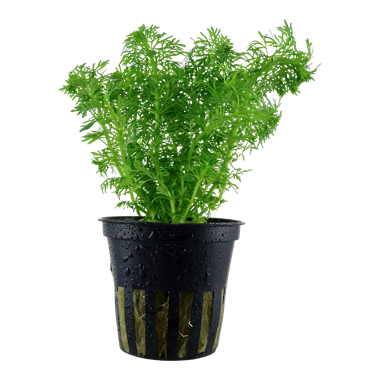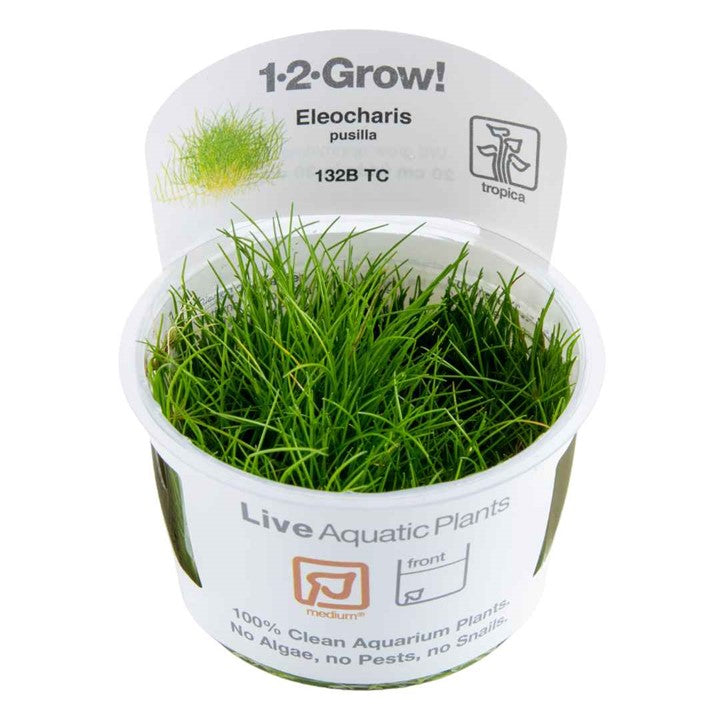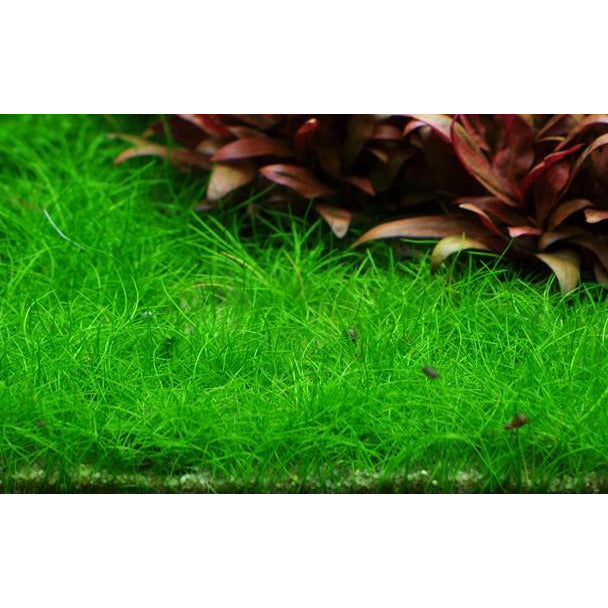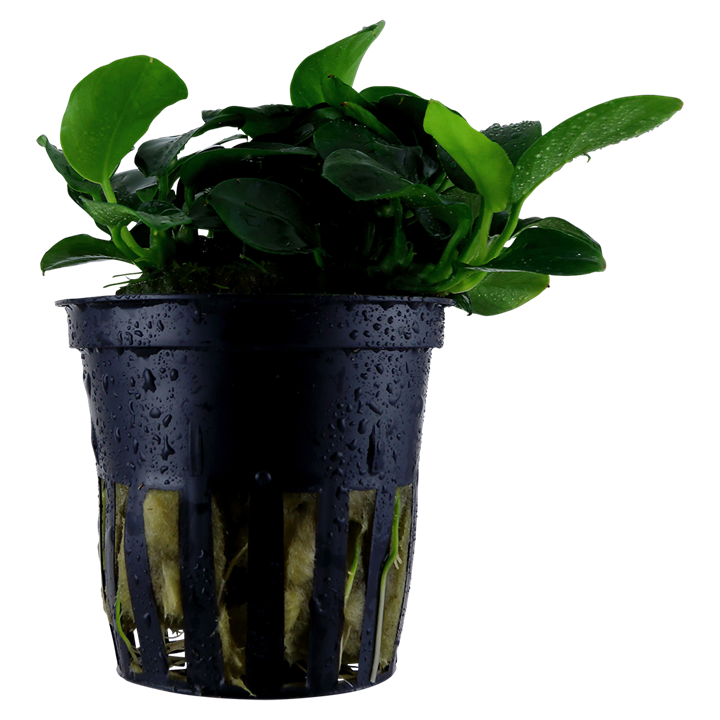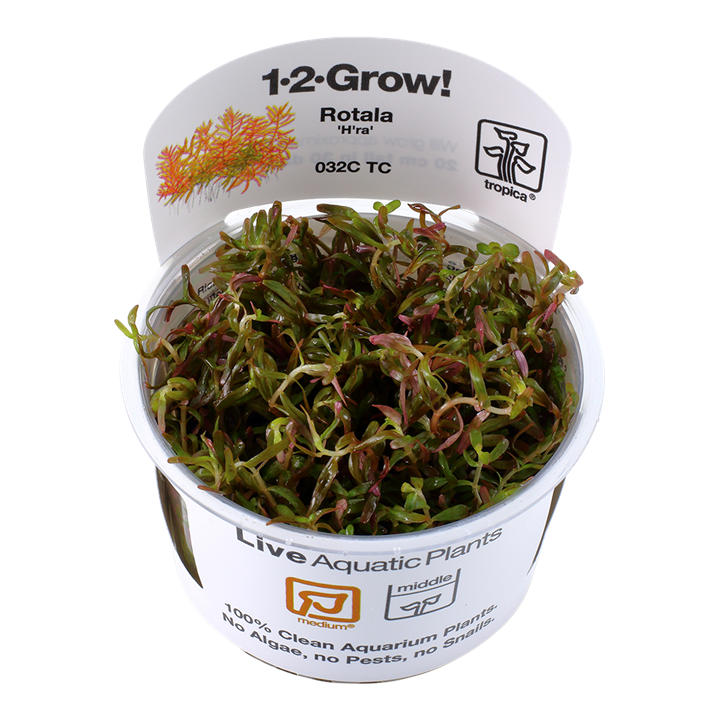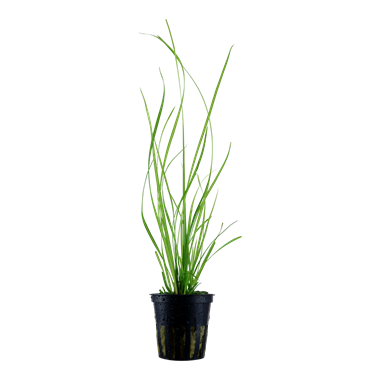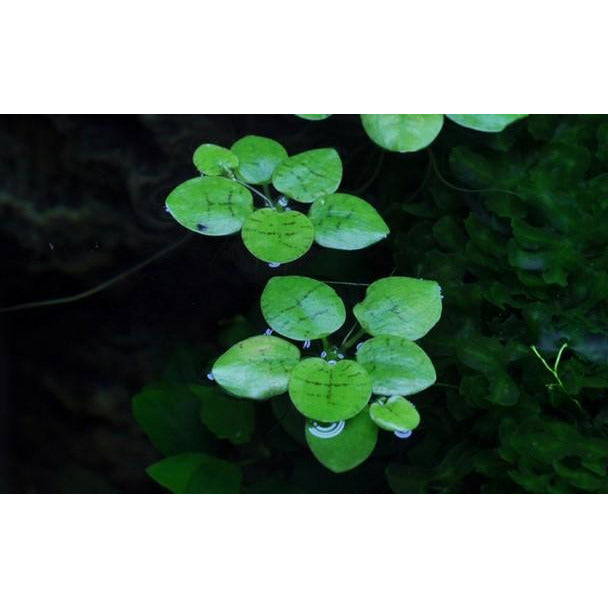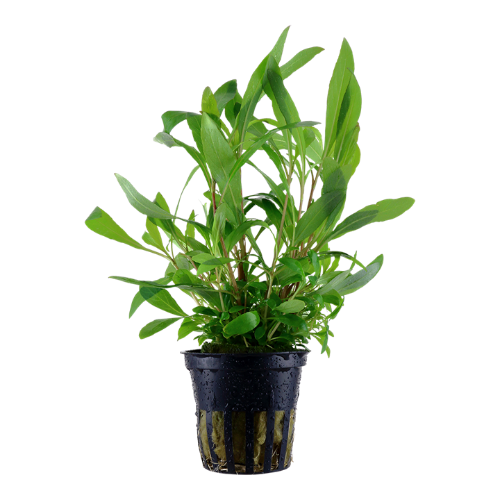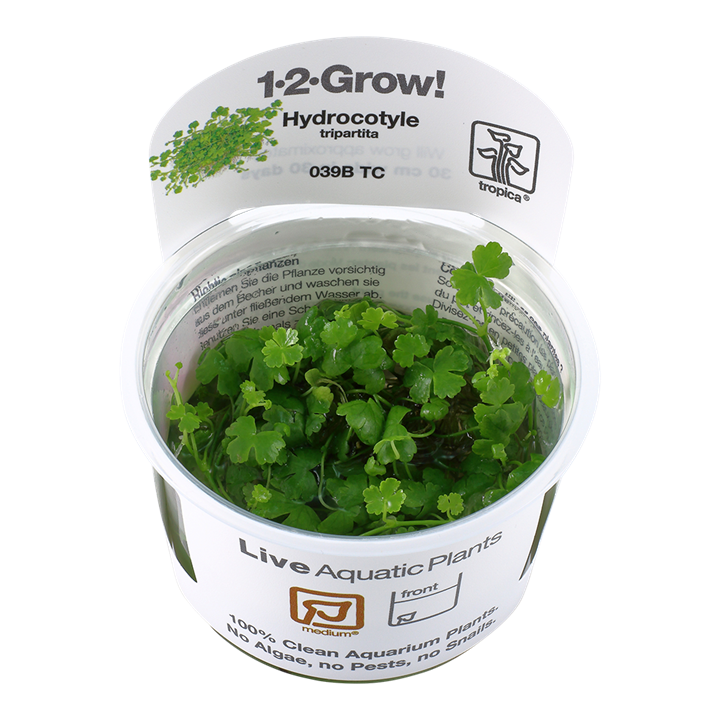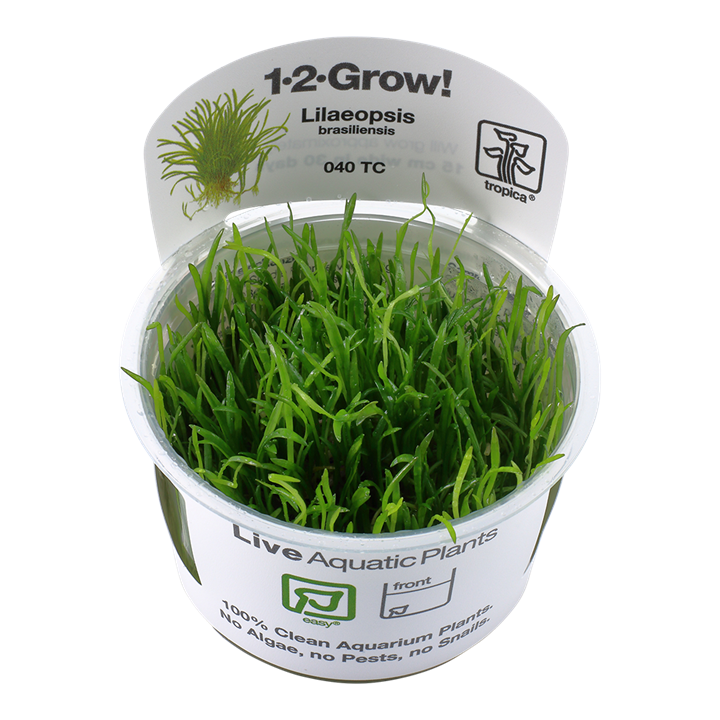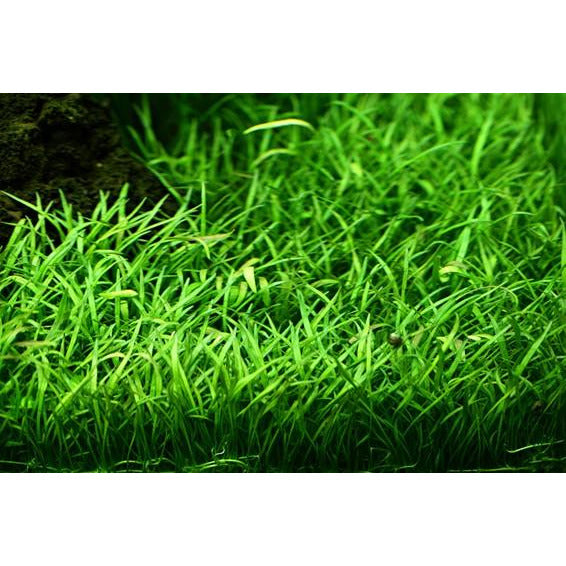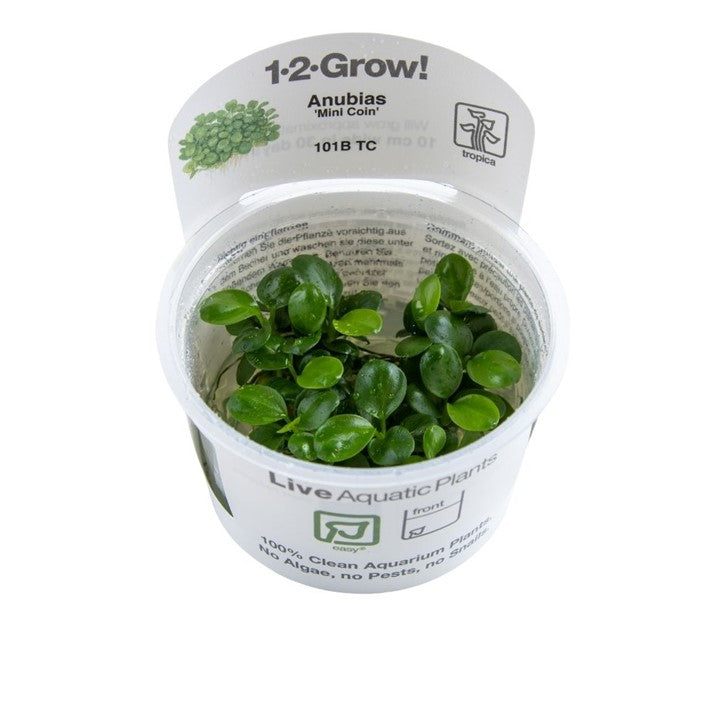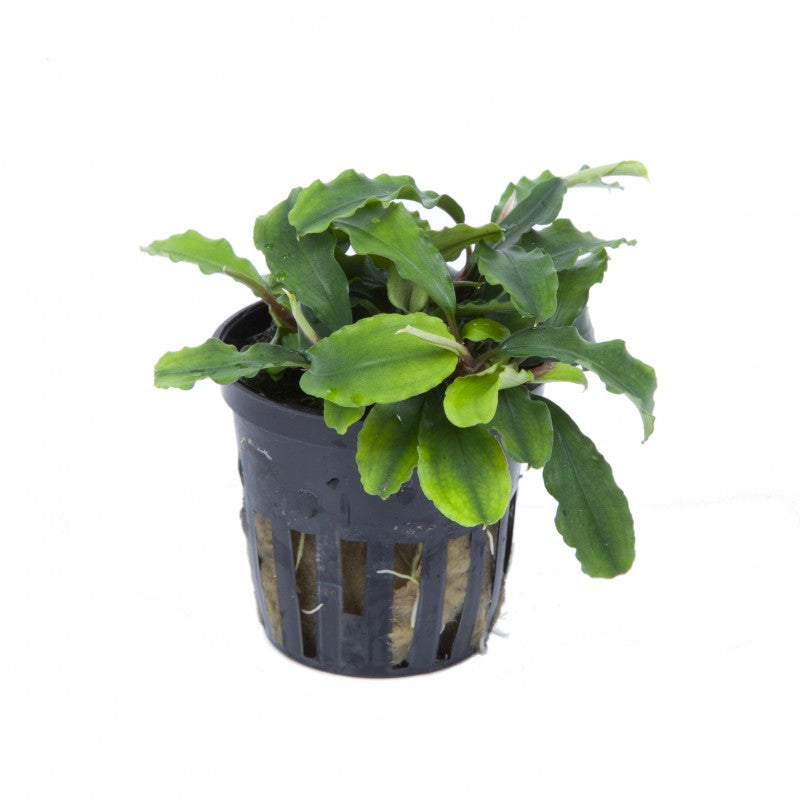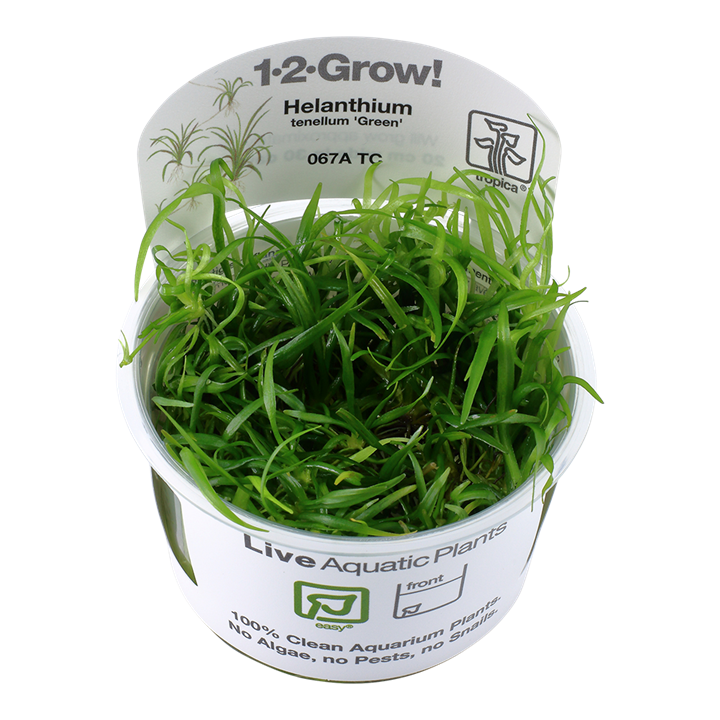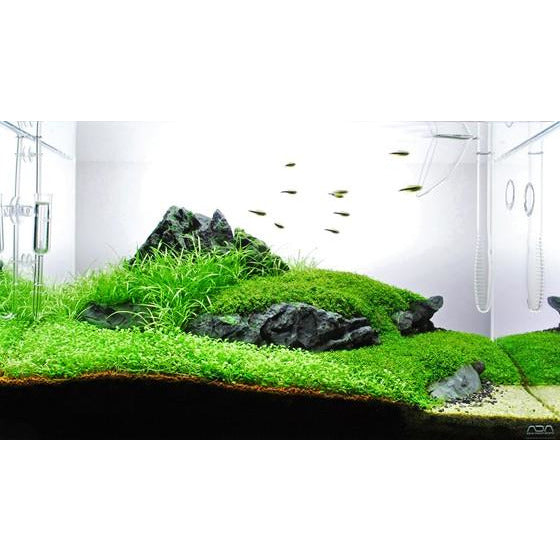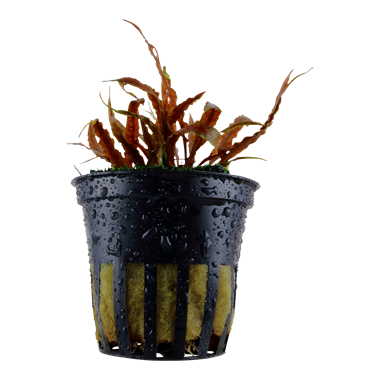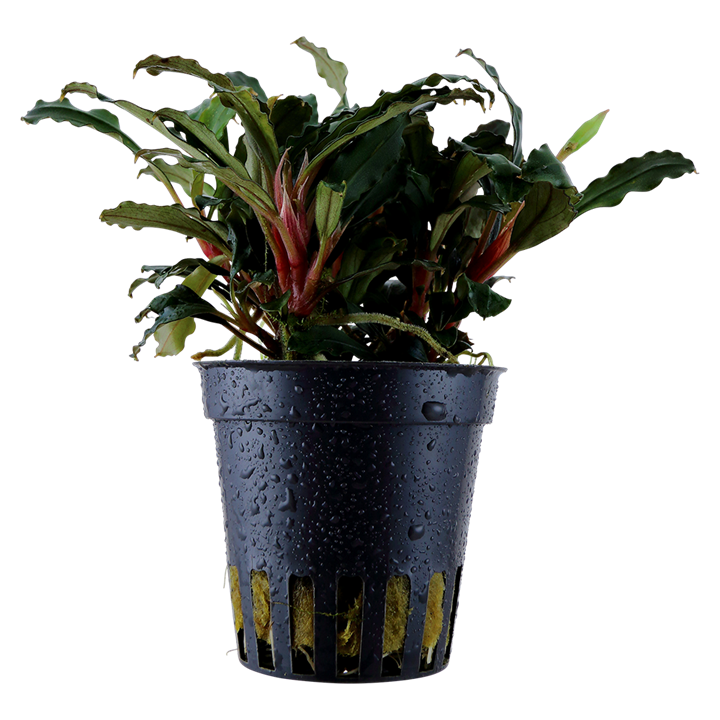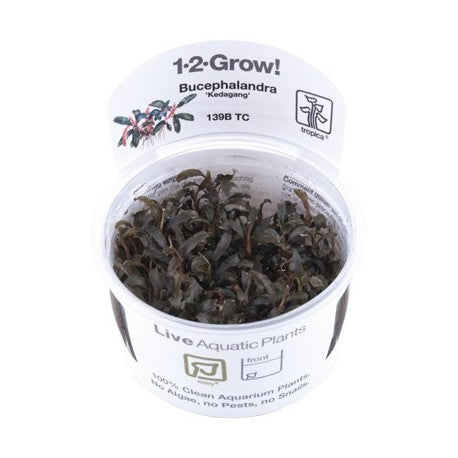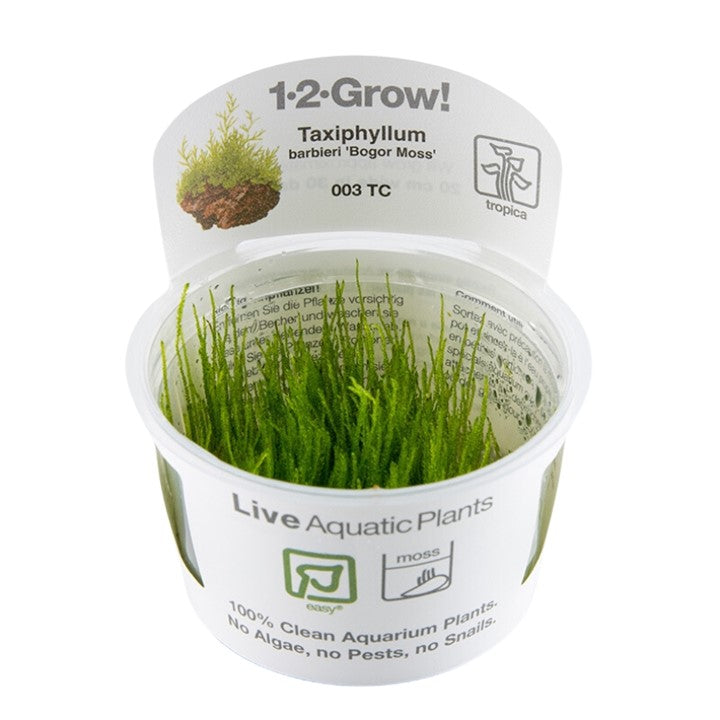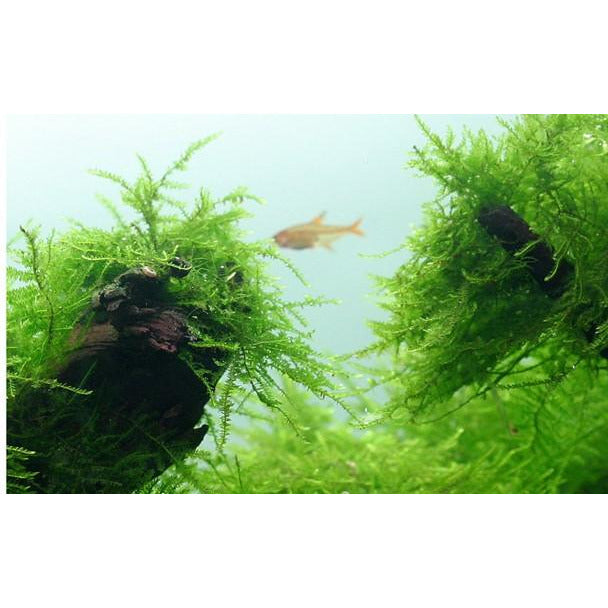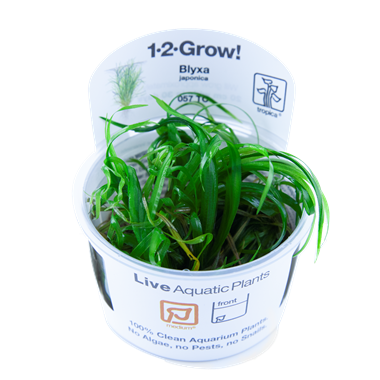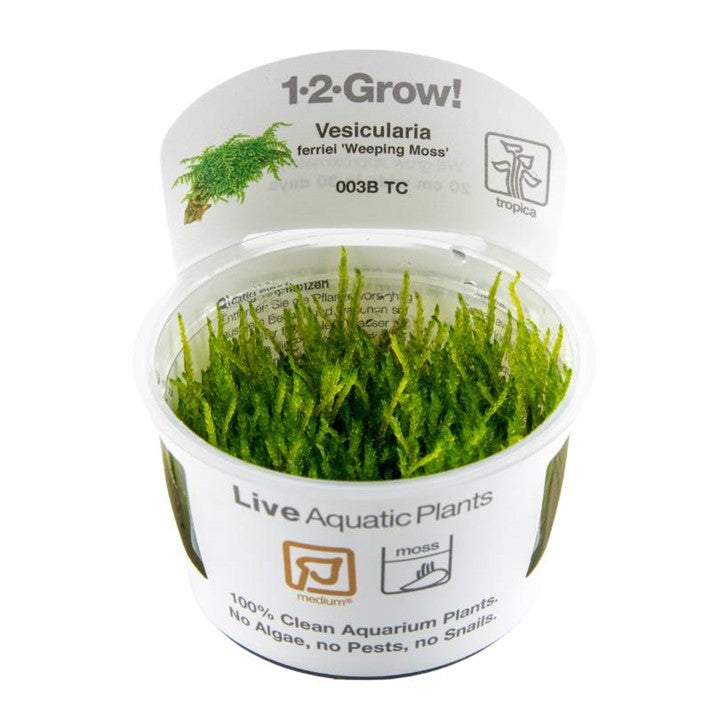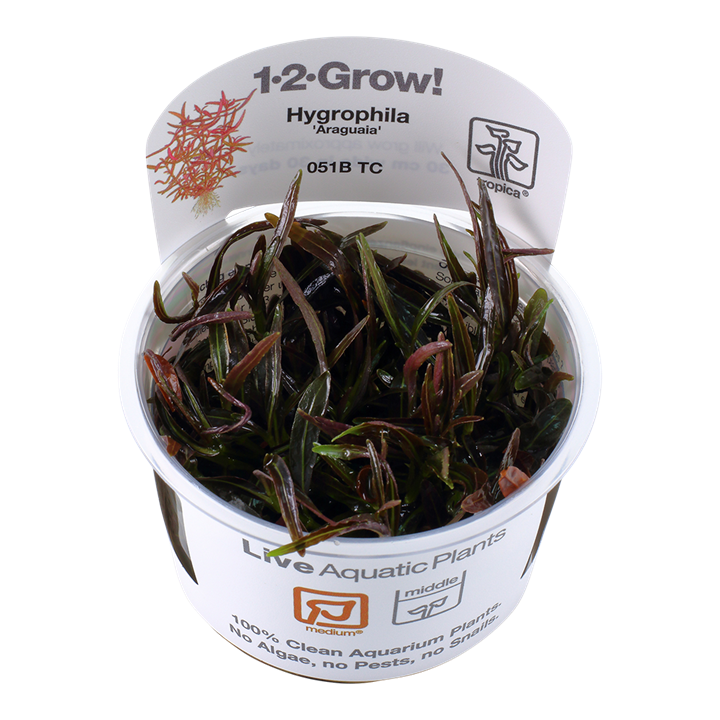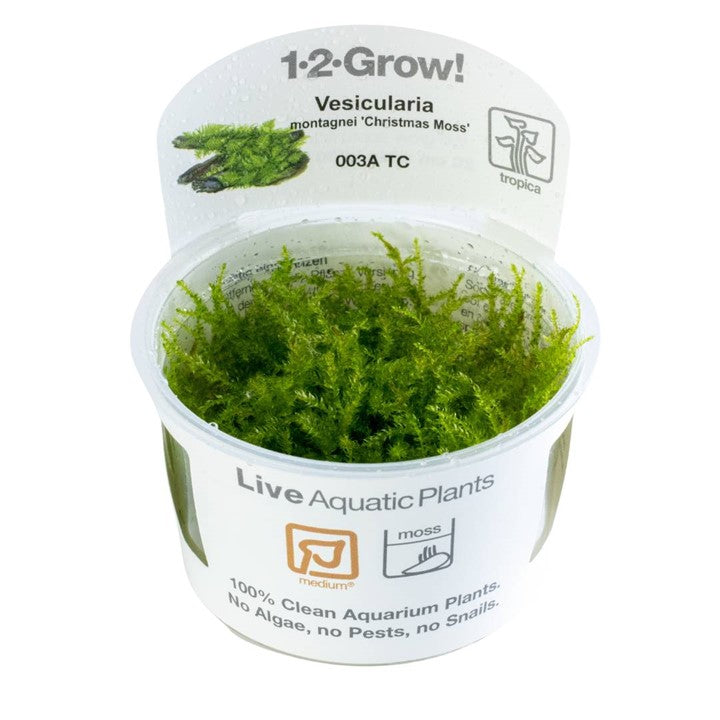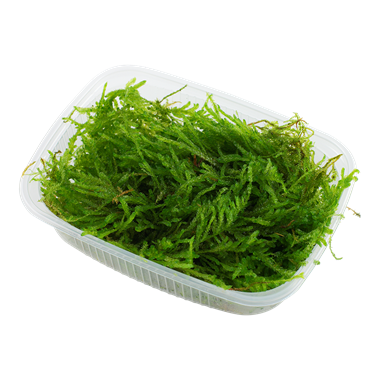
How to Maintain a Clean Aquascape – Weekly Aquarium Maintenance Guide

How to Maintain a Clean Aquascape – Weekly Aquarium Maintenance Guide
We've broken down our cleaning routine into simple, easy-to-follow steps for you.
Our weekly maintenance routine is standard for a mature aquascape. For new aquascapes, however, the process is a bit different during the first few weeks. You can read more about that in our other blog post. *Everything you need to know to set up a Planted Aquarium*
Visual Overall Aquarium Health Check
Each week, we begin our routine for each aquarium with a visual inspection to assess what needs attention. This includes a general health check of the plants, looking for any signs of algae problems, and observing the condition of the fish.

Making a Start
Once we've assessed the aquarium's condition, we get started by turning off all equipment, except for the light, so we can see what we're doing. We then drain a few inches of water from the tank to prevent it from spilling over during cleaning.
Glass and Silicone Cleaning
Next, we clean all the glass panels using a soft sponge. If we notice any stubborn algae, like green spot algae, we use an ADA razor or a similar tool to carefully scrape it off. We also gently brush over the silicone seams with a soft toothbrush to remove any staining or algae buildup—this is especially important in rimless aquascape aquariums, where the clear silicone makes any discolouration more noticeable.
Cleaning, Pruning and Trimming the Aquarium Plants
Next, we move on to the plants. For epiphyte species like Anubias, we pinch off any old or dying leaves to encourage fresh growth. If we spot algae—like BBA—we’ll remove those affected leaves as well. A small amount of algae doesn’t bother us; it’s a normal part of any aquarium ecosystem. If there were a significant algae issue, we’d identify the type and adjust our care routine accordingly—but since this is just a general maintenance guide for a healthy, mature tank, we won’t dive into that here.
If the tank includes stem plants, we assess whether they’ve become too tall or overgrown for the layout and check if they’re starting to overshadow themselves. We typically trim stem plants every 4-6 weeks, depending on the species and their growth rate.

Cleaning the Hardscape, Rocks and Wood
After pruning and trimming the plants, we move on to cleaning the hardscape. We leave this step until last, as scrubbing—especially rocks—can cloud the water. For this, we use a variety of tools depending on the surface, including steel brushes, the ADA Pro Picker, and Aqua-vitro pads.
Aquarium Water Change, How Much Water Should you Change?
Once the hardscape is cleaned, and there’s nothing else in the tank that needs attention, so we move on to the water change. We siphon out the water, removing any debris that may have settled during cleaning. We’ll also gently waft our hands over the plants to lift any loose debris, making it easier to siphon away.
We generally aim for at least a 50% water change, but if the tank's especially dirty after a deep clean, we might go up to 80%. That can sound a bit intense to some, but it’s perfectly safe as long as you’re careful. Use water that’s close in temperature to the aquarium and always treat it with a good-quality dechlorinator like Seachem Prime or NT Labs Optimise. The fish will be just fine, and the beneficial bacteria are safely housed in your filter media, not floating in the water.
Note: Quality de-chlorinators like Seachem Prime and NT Labs Optimus not only remove chlorine from the water but also removes Chloramine and detoxifies Heavy metals, Ammonia, Nitrite and Nitrate.

Cleaning Aquarium Equipment - Including Filtration
Before turning the equipment back on, we give it a quick clean as well. Most of our in-store filtration systems are Oase Biomaster units, which we fully pack with our Horizon pumice based biomedia. Because of that, we rarely open up the main body of the filter, maybe once every six months.
What we do clean weekly, though, are the pre-filter sponges. Keeping those sponges fresh helps maintain good flow and ensures they’re ready to trap debris during the week ahead.

Cleaning Glassware in the Aquarium
We also check the glassware, and if it needs cleaning, we take care of that before wrapping up. For glass lily pipes, we use a spring brush or hose brush on the filiter hose. You can check out our Youtube Video on *How to clean glass pipes on your aquarium*
Cleaning CO2 Equipment in the Aquarium
We leave the CO₂ equipment to soak overnight while the CO₂ system is turned off, since there's no need for it to run during the night. For soaking, we use ADA Superge, which does a great job loosening up any buildup. Just a quick note—this method isn’t suitable for filter glassware, as you should never leave your filtration off for that long unless you have spare parts you can temporarily swap in. If needed, you can give filter pipes a short 15-minute soak to help loosen debris before brushing them clean.
Once everything is clean, we switch all the equipment back on—and that’s it! This is our basic weekly maintenance routine for all the tanks in our gallery. Of course, some weeks a tank might need a bit more attention, or even multiple water changes if we’re dealing with any issues. But following this method consistently helps us keep our high-energy aquascapes looking fresh and healthy for the week ahead.
Do I Really Need to Weekly Water Change My Aquarium?
One question we get asked quite a lot is, 'Why do you do so many water changes?' or 'Do I really need to do that many water changes?' Often, this is followed by examples of friends or other aquarists who don’t do weekly water changes. While it’s true that weekly water changes aren’t absolutely necessary for 'water health'—thanks to the filtration systems keeping the tank parameters stable—the approach we take is a bit different.
In our gallery, we focus on high-impact aquascapes. Our goal is to give customers examples and inspiration for their own setups, and our roots are firmly in aquascaping. This means we incorporate high lighting, CO₂ injection, and daily fertilisation to constantly push the tanks for optimal plant growth. As a result, they produce a lot of organic waste—not just from the fish, but from the plants themselves. Additionally, there’s often an overabundance of nutrients in the water, which, if left unchecked, could lead to algae issues.
So, while other setups may not require frequent water changes, if you want to maintain a high-impact aquascape, regular water changes are absolutely worth it to keep your scape looking sharp and thriving!


